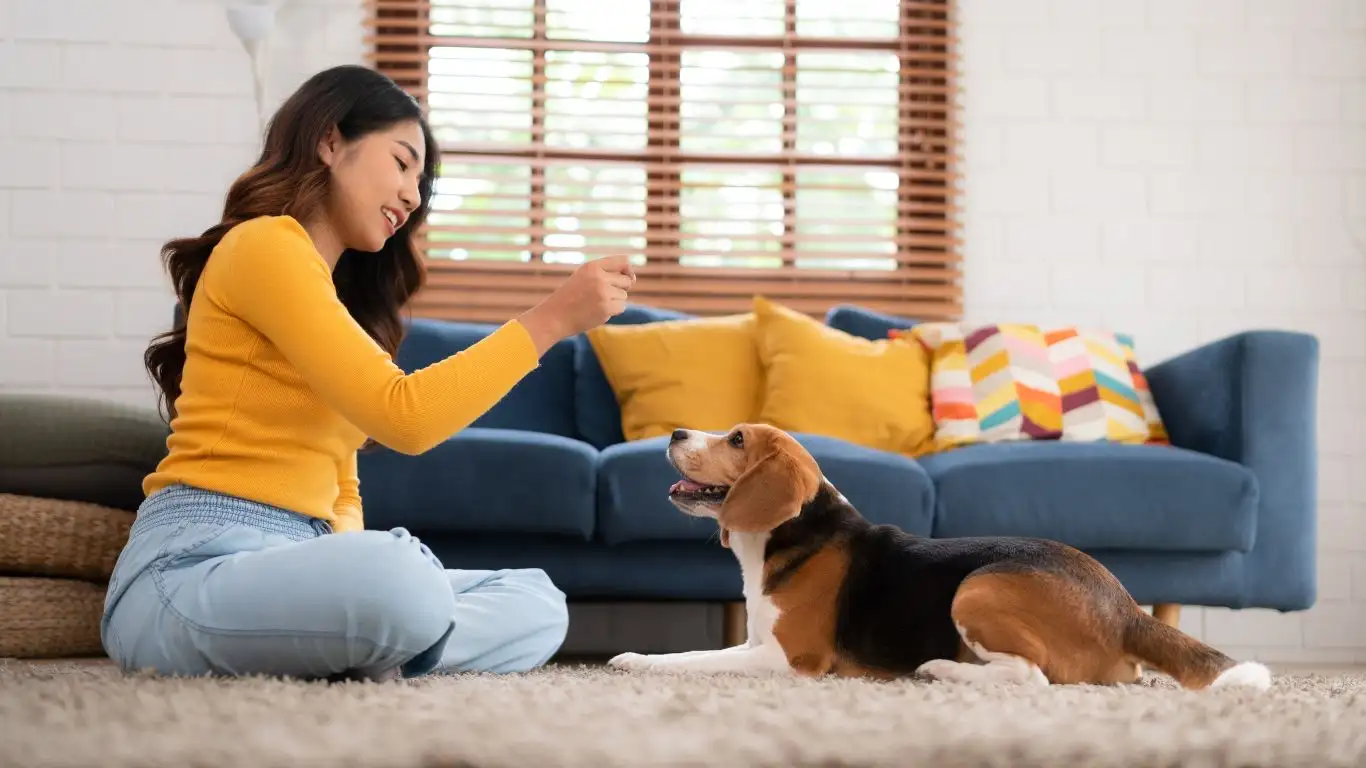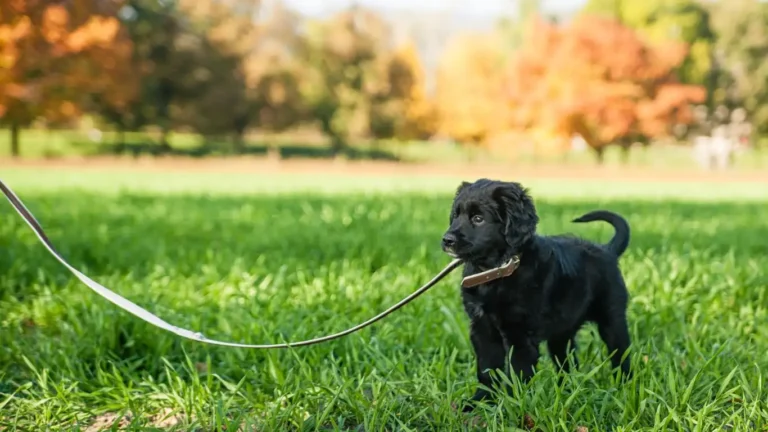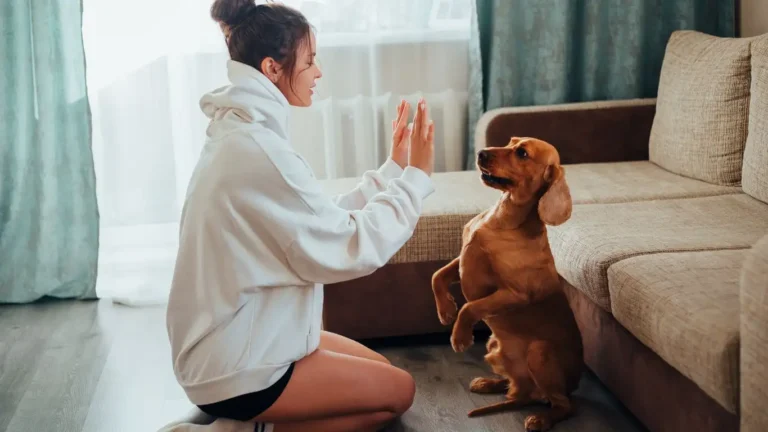Stop Shadow Barking: Train Your Dog to Stay Calm and Confident
If you’ve ever wondered how to train a dog to stop barking at shadows, you’re definitely not alone. I’ve been a Canine-Assisted Therapy Trainer for over a decade, and let me tell you—shadow barking is one of those quirky little behaviors that drive pet parents up the wall. It’s especially frustrating when it happens late at night or during what should be your dog’s “wind down” time. I’ve worked with dogs of all shapes, sizes, and temperaments, and yep, the shadow-barking issue shows up more often than you’d think. This blog is here to break it down for you in a real-world, no-fluff way, based on my personal experience, not just theory.
Why Dogs Bark at Shadows in the First Place
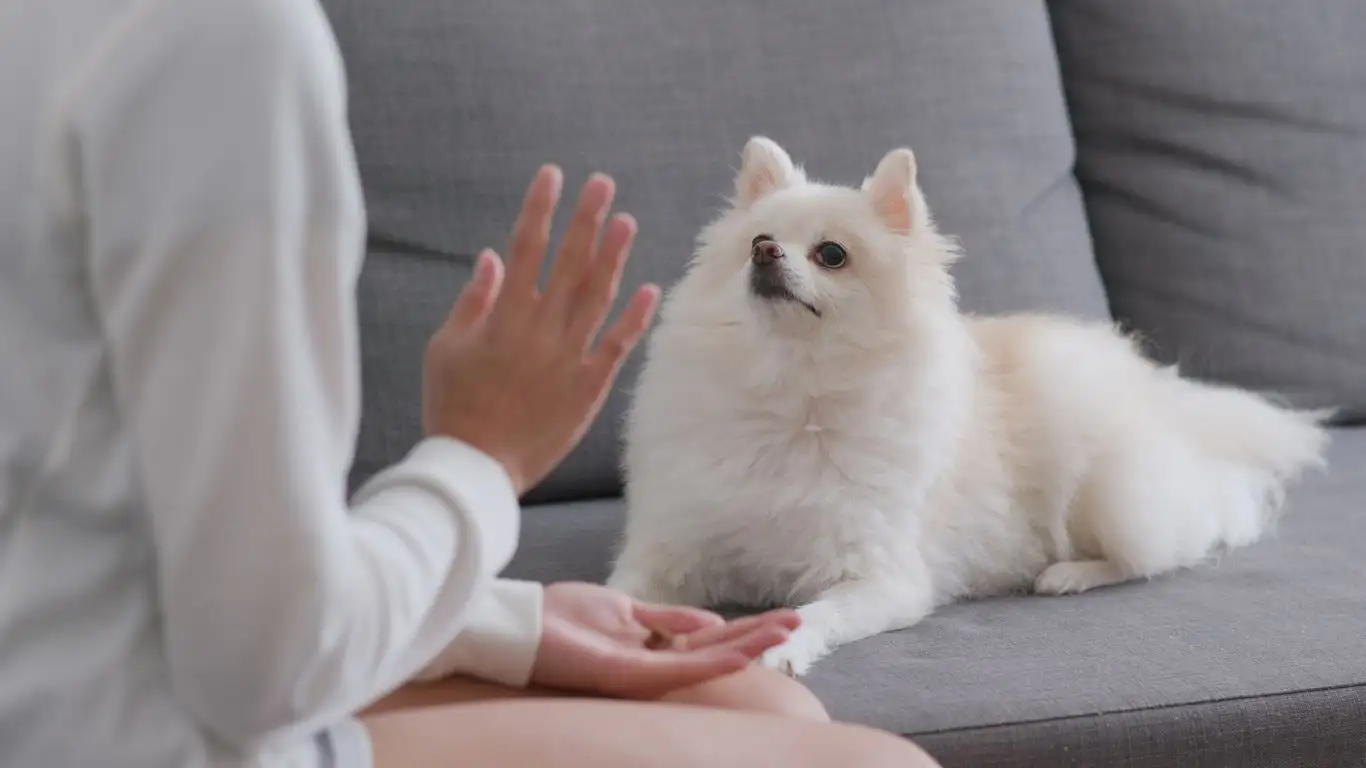
Understanding Your Dog’s Perception
Dogs don’t just see the world the way we do. Their eyes pick up on movement more than detail, which means those subtle flickers of light and shadow can seem super intense to them. A shadow passing by might not register as “just a shadow”—it could seem like a threat, an intruder, or something to chase. They’re not being dramatic; their brain is just wired differently.
It’s Often About More Than Just the Shadow
In my experience, shadow barking is rarely just about the visual. It’s often a symptom of something bigger going on—anxiety, boredom, lack of proper stimulation, or even past trauma. I once worked with a rescue collie who would go nuts anytime the kitchen light cast a shadow across the floor. Turned out she had been locked in a basement with a single flickering light for hours at a time. It broke my heart—but it also taught me that behavior is a form of communication.
Is Your Dog Barking at Shadows, or Is It Something Else?

Start With Observation
Before jumping into any training plan, get a good read on what your dog is reacting to. You’d be surprised how often we misinterpret what’s really setting them off.
- Is it only happening at certain times of day?
- Does it coincide with light reflections, such as from a phone screen or watch?
- Is your dog more reactive when they’re tired or overly energized?
- Are certain rooms worse than others?
Keep a little “bark journal” if you need to. Just jot down what you notice over a few days—it can really help you spot patterns you might otherwise miss.
Don’t Confuse Shadow Barking with Other Behavioral Triggers
One time I was working with a chocolate lab who kept barking at what the family swore were shadows. Spoiler: it was the low hum of the fridge vibrating through the tile floor that set him off. Shadow barking can sometimes mask sensory sensitivity or other issues. So take a beat to rule out medical causes, too—a quick vet visit can save you a lot of trial and error.
Step-by-Step: How to Train a Dog to Stop Barking at Shadows
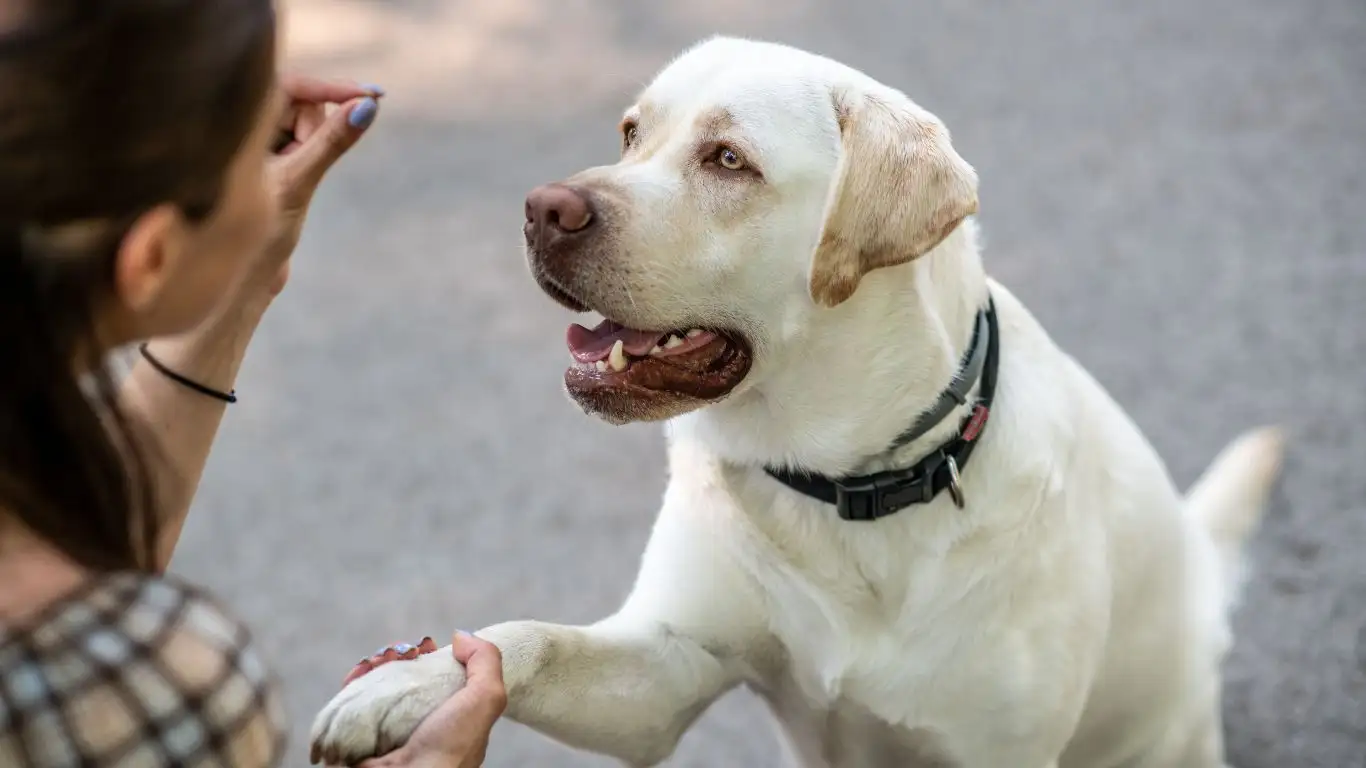
1. Build a Foundation of Calm
Dogs learn best when they’re relaxed—not hyped up or nervous. My go-to first step is simple but powerful: teach your dog to settle on cue. This isn’t just about obedience—it’s about self-regulation.
- Pick a quiet, distraction-free space.
- Use a soft mat or bed and encourage your dog to lie down.
- Reward calm behavior with quiet praise and a small treat.
- Practice this daily, gradually adding small distractions (like flicking on a light across the room).
When your dog learns that calm = reward, you’re halfway there.
2. Redirect and Refocus
This is one of those “trainer secrets” that works wonders. The second you see your dog start to lock eyes with a shadow or get into alert mode, redirect their focus to something else—a chew toy, a puzzle feeder, or a simple cue like “look at me.”
Pro tip: Make your redirection more exciting than the shadow. I keep a stash of high-value treats (think: freeze-dried liver, string cheese, etc.) just for these moments. Use them like gold—don’t overdo it, but make them count.
3. Teach the “Quiet” Cue—But Don’t Rush It
The “quiet” cue is useful, but it only works if your dog is in a state of mind to listen. Yelling over barking won’t do a thing except amp them up. Instead, teach it like this:
- Wait for a moment of silence (even just a second) and say “quiet,” then treat.
- Repeat this consistently, building up longer quiet stretches.
- Only use the cue when you know your dog can succeed—it should never be a punishment.
Pair this with calm body language. Dogs are super tuned into your energy. If you stay chill, it helps them mirror that vibe.
4. Light Management (Yes, Really)
This might sound too simple, but I’ve seen it work again and again: manage the lighting in your house. Sometimes just pulling the blinds or switching to a softer bulb makes all the difference. If you know your pup is triggered at 5pm when the sun hits the floor just right—block it out. It’s not “giving in”; it’s setting your dog up for success while you work on deeper behavior shifts.
Desensitization: The Long Game to Stop Shadow Barking

Slow Exposure is Key
One thing I’ve learned as a Canine-Assisted Therapy Trainer is that you can’t rush trust—and that includes trust in the environment. Desensitization is about gradual exposure without overwhelm. You’re basically helping your dog rewire their emotional response to triggers. It sounds complex, but with consistency and patience, it’s actually pretty straightforward.
Here’s a way to approach it if your dog loses it every time shadows pop up across the room:
- Start in a low-light environment where you can control shadows. Use a lamp or phone flashlight to create slow-moving shadows across the wall or floor.
- Keep the dog at a distance where they notice the shadow but aren’t yet reacting.
- Reward calm behavior. Even just a tail wag or glance without barking is worth a treat.
- Gradually bring the shadow closer or increase movement speed—but only when your dog consistently stays calm.
With one reactive terrier I worked with, we started with shadows behind a baby gate across the hallway. It took us three weeks to get to the point where she could see moving shadows without barking. It’s not about speed—it’s about progress that sticks.
Pairing Shadows with Good Things
This is the fun part—what we call counterconditioning. Basically, you’re turning the shadow from “something scary” into “yay, snack time!”
- Shadow appears → toss a treat.
- Shadow moves → your dog gets a belly rub.
- Shadow flickers on the wall → time to grab the favorite squeaky toy.
Over time, this changes the entire emotional association. Instead of going into alert mode, your dog starts to expect something awesome when the shadows show up. Pretty cool, right?
Using Enrichment to Reduce Barking Triggers

Busy Minds Bark Less
Another thing I always say to my clients is: a tired brain is a quiet brain. Mental stimulation is just as important as physical exercise, especially for dogs that tend to fixate on things like shadows. If your dog has too much idle time, those moving shapes suddenly become the day’s main entertainment.
Try rotating through a few enrichment ideas:
- Snuffle mats: Scatter kibble or tiny treats in the fabric layers for scent work fun.
- Frozen Kongs: Mix peanut butter, plain yogurt, or canned food with kibble and freeze it.
- Interactive puzzle feeders: Keep your pup engaged with different difficulty levels.
- Basic trick training sessions: Short and sweet—teach “spin,” “touch,” or even “peekaboo.”
Use these especially during times of day when the light changes or when shadows are most active—like sunset. Giving them something else to focus on can be a total game changer.
Structured Walks with a Purpose
This one might seem unrelated, but structured leash walks can help reset your dog’s emotional state. Not just the usual backyard potty break—intentional walks with a goal.
I like to do “sniffari” walks early in the morning, especially with dogs prone to barking at shadows. These calm walks where they get to explore scents in a quiet environment can ground them before the day gets chaotic. It also reduces energy levels that might otherwise be directed at random flickers of light on the floor.
Real-Life Training Adjustments That Work
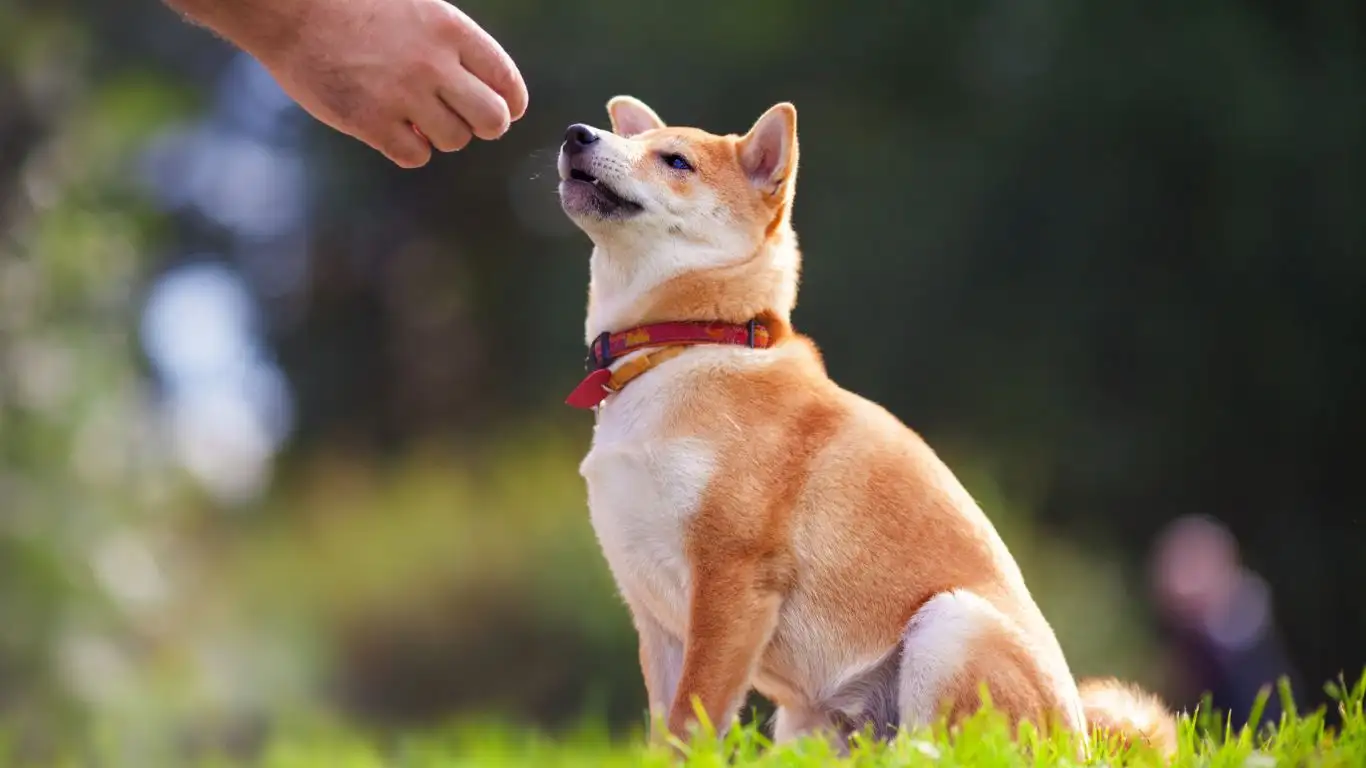
Environment Tweaks Can Help More Than You Think
Sometimes a little creativity in how you set up your space can go a long way. I once worked with a shepherd mix who barked relentlessly at shadows from the TV. We mounted blackout curtains, used softer lighting, and angled the TV away from the wall. That, paired with redirection training, cut his shadow barking down by 90%.
Try these small home adjustments:
- Use lamps with dimmable bulbs instead of overheads that cast dramatic shadows.
- Cover reflective surfaces like glass tables or shiny floors during peak sunlight hours.
- Keep blinds partially closed during shadow-trigger times (like late afternoon).
Think of it as setting up your dog’s training “stage.” You want to reduce distractions while building good habits.
Know When to Bring in Professional Help
Not every shadow-barking case can (or should) be solved solo. If your dog is showing signs of intense fear, panic, or escalating aggression, don’t wait to consult a certified trainer or behaviorist. Sometimes it takes a second set of eyes to catch what you’re missing.
Also—and I speak from experience here—getting support makes a huge difference in your own stress level. One of my clients once said, “I didn’t know how anxious I was until I had help.” That stuck with me. You and your dog both deserve peace and confidence in your space.
Keep Celebrating Small Wins
This process isn’t linear. There will be good days, tough days, and a few random setbacks. That’s normal. What matters most is that you’re showing up for your dog and building trust together. Every time they choose calm over barking, even if it’s just once a day? That’s a win. And believe me, those little victories stack up faster than you think.
Consistency: Your Best Friend in Training

Why Repetition Really Matters
If there’s one lesson that’s stuck with me through years of working with therapy dogs, it’s this: dogs thrive on routine. When you’re working on something like how to train a dog to stop barking at shadows, consistency isn’t optional—it’s essential. You can have the best treats, the fanciest puzzle toys, and the softest lighting, but if you’re not sticking to a steady plan? Your results will always be shaky.
I remember one golden retriever I worked with, Max—sweet as pie, but so easily triggered by reflections on the living room walls. His owners were doing all the right things, but only on weekends. During the week, everything unraveled. Once we got everyone on the same page and kept training daily, Max made huge progress in just a few weeks. It really is about showing up, even if it’s just 10 minutes a day.
What “Consistency” Looks Like Day-to-Day
- Using the same cues (like “quiet” or “look at me”) across all family members
- Rewarding calm behaviors—even when the shadows aren’t around
- Sticking to set routines for meals, walks, and rest time
- Having go-to redirection tools ready in shadow-prone areas
Your dog is always learning, whether you’re actively training or not. So consistency isn’t just about commands—it’s about building an environment where your dog knows what to expect and what’s expected of them.
Setting Your Dog Up for Long-Term Success

Life After Shadow Barking: What It Can Look Like
Let me tell you—seeing a once-anxious, reactive dog finally relax in their own home is one of the most rewarding things you can experience. I’ve had owners cry happy tears when their dog naps through what used to be their biggest trigger window. And honestly, it’s not magic—it’s just layered training, understanding, and patience.
Here’s what long-term success might look like:
- Your dog sees a flicker on the wall… and doesn’t react
- They choose to go lie down instead of pacing or barking
- You use the “quiet” cue once, and it actually works
- Shadow-related behaviors reduce to occasional alerts (totally normal!)
Of course, there may always be minor flare-ups—like after a move or change in routine—but once your dog has the tools (and you do too), bouncing back becomes easier and faster every time.
Helping Your Dog Feel Safe and in Control
Shadow barking often comes from a place of confusion or stress. So a big part of training is helping your dog feel more secure. That’s where trust comes in—and that’s something I really want to emphasize here. You’re not just training a behavior, you’re reinforcing a bond.
Simple things like giving your dog choices—letting them walk away from a trigger instead of forcing them to stay—or letting them opt in to training instead of demanding attention, can build incredible confidence. That confidence is what helps them ignore the shadows instead of reacting to them.
When to Use Tools—And When Not To
What About Anti-Bark Devices?
I get this question a lot: “Should I use a bark collar?” And honestly, in cases like this—where the behavior is fear-based or anxiety-driven—tools like citronella collars, ultrasonic devices, or shock collars do way more harm than good. They may suppress the barking short-term, but they don’t address the root cause. Plus, they can make your dog even more scared of shadows. Not worth it.
If you’re going to use a tool, let it be one that builds your bond—like a clicker for marking quiet behavior, or a treat pouch to reward good decisions on the fly. Keep it positive. Keep it connected.
Training Apps and Journals
Another underrated tool? Just tracking your progress. Whether it’s a good old notebook or a fancy dog training app, seeing your dog’s small wins written down can be super motivating. You can also track trigger times, diet, sleep patterns—it all helps paint a bigger picture of what’s working (and what needs tweaking).
Resources & Continued Learning
Where to Learn More About Dog Behavior
Dog training is a constantly evolving field, and I always encourage folks to keep learning—whether it’s about behavior, nutrition, enrichment, or communication. These are a few sites I trust and refer to often:
- PetMD
- AKC (American Kennel Club)
- Health.com (for articles on pet-owner wellbeing too!)
- NIH (great for science-backed insights into animal cognition)
Training is a lifelong journey—and honestly, that’s part of the fun. The more you learn, the more tuned in you become to your dog’s unique little world.
Final Words From a Trainer Who’s Been There
This Isn’t About “Fixing” Your Dog
Let me be real for a second: your dog isn’t broken. Barking at shadows doesn’t mean they’re bad, disobedient, or “too much.” It just means they’re reacting to their environment in the best way they know how. Your job—as the human in this partnership—is to help them feel safe enough not to react. To guide them gently, consistently, and with empathy.
So if you’re frustrated, tired, or overwhelmed, I see you. I’ve worked with so many families in your shoes. But with time, understanding, and a dash of creativity, you can absolutely help your dog feel better—and quieter—in their own skin.
And Remember—You’re Not Alone
Whether it’s shadows, doorbells, or flying leaves (yes, really), every dog has quirks. And every dog can learn. You don’t have to go it alone. Connect with a local trainer, reach out to an online support group, or shoot your vet a message. Your dog’s progress isn’t just possible—it’s waiting to happen.
Disclaimer: This article is for informational purposes only and is not intended to replace professional veterinary or behavioral advice. Always consult your vet or a certified trainer for guidance specific to your dog’s individual needs.
